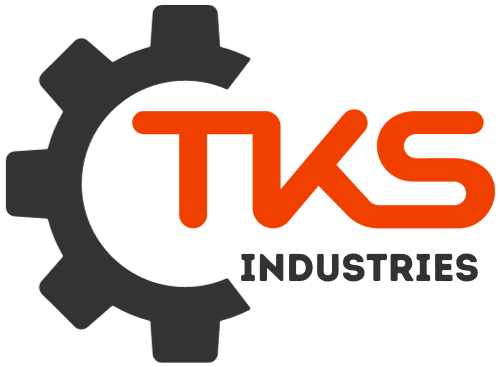[ad_1]
The Ultimate Guide to Choosing the Best Injection Molding Machine
Injection molding is a transformative manufacturing process, allowing businesses to create complex, high-quality plastic parts with impressive efficiency. But choosing the right injection molding machine for your needs can feel like navigating a complex maze.
This ultimate guide will provide clarity and empower you to make the best decision for your specific manufacturing requirements.
1. Understanding the Fundamentals:
Before diving into specifics, let’s grasp the key factors influencing machine selection:
- Material Type:
Different plastics behave differently during molding. Some require higher injection pressures and temperatures. Consider factors like melting point, viscosity, and shrinkage.
- Part Complexity:
Detailed geometries, thin walls, and intricate features demand machines with precise control and advanced molding technology.
- Production Volume:
High-volume production lines need robust machines with faster cycles and automated features. Low-volume operations might benefit from smaller, more versatile machines.
- Part Size:
Machine clamping force dictates the maximum size and weight of parts it can mold.
- Budget:
Injection molding machines range significantly in price.
2. Key Machine Specifications:
-
Clamping Force: Measured in tons, this defines the force exerted on the mold to prevent leaks and ensure proper product dimensional accuracy. Choose a clamping force exceeding the estimated part ejection force.
-
Injection Pressure: The force applied to inject the molten plastic into the mold cavity. Higher pressure is necessary for denser materials and complex geometries.
- Injection Speed:
Controls the rate at which plastic is injected into the mold. Faster speeds work for larger parts, while slower speeds are better for intricate details.
- Barrel Size & Screw Diameter:
Directly influence the volume of plastic processed per cycle. A larger barrel and screw diameter accommodate higher production volumes.
- Mold Temperature Control: Precise temperature regulation is crucial for ensuring consistent part quality. Some machines have multi-zone temperature control for added precision.
3. Types of Machines:
-
Hydraulic: Widely used, offering high clamping force and versatility. They can be more energy-intensive than electric options.
-
Electric: Becoming increasingly popular due to their energy efficiency, higher precision, and faster cycle times.
-
Servo-Driven: Combine the advantages of both hydraulic and electric machines. Servo motors provide precise control over injection speed and screw operation.
-
Vertical: Suited for molding large, thick parts with complex geometries.
- Horizontal:
More common for smaller parts and higher production volumes.
4. Advanced Features:
-
Automation: Robots and conveyors accelerate production and reduce labor costs.
-
Mold Monitoring & Control Systems: Help detect potential issues like mold wear and tear, preventing costly downtime.
- Process Analyzers: Track critical molding parameters in real-time, allowing for ongoing optimization and improved part quality.
5. Making the Right Choice:
There’s no "one size fits all" solution. Consider these crucial steps:
- Define Your Needs:
Clearly outline your part specifications, production volume, budget constraints, and future growth plans.
- Consult With Experts:
Talk to injection molding machine manufacturers, suppliers, and experienced engineers. They can provide valuable insights and recommendations based on your specific requirements.
- Request Quotes & Compare:
Obtain detailed quotes from multiple suppliers, carefulyl comparing specifications, features, and service offerings.
- Consider Long-Term Costs:
Factor in not just the upfront purchase price, but also ongoing operating costs (energy consumption, maintenance, etc.).
Remember, investing in the right injection molding machine is a strategic decision that can significantly impact your production efficiency, product quality, and overall profitability.
[ad_2]
